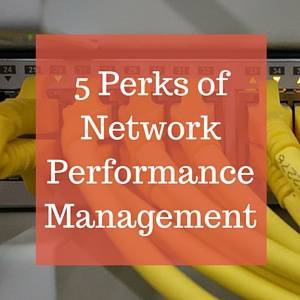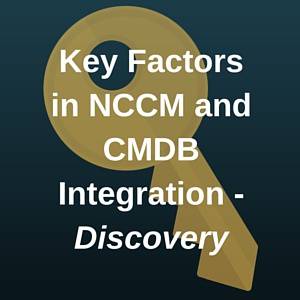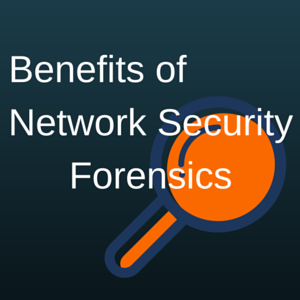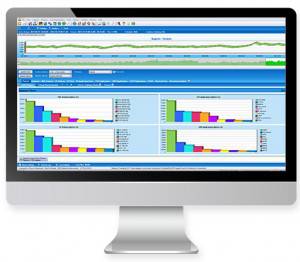Network performance management is something that virtually every business needs, but not something that every business is actively doing, or even aware of. And why should they?
While understanding the technical side of things is best left to the IT department, understanding the benefits of a properly managed network is something that will help get the business managers on board, especially when good performance management solutions might be a cost that hadn’t been considered. So what are the benefits?
1. Avoiding downtime – Downtime across an entire network is going to be rare, but downtime in small areas of the network are possible if it gets overloaded. Downtime of any kind is just not something that business can tolerate, for a few reasons:
- it leaves that area of the network unmonitored, which is a serious security issue
- shared files won’t be accessible, nor will they be updating as users save the files. This will lead to multiple versions of the same file, and quite a few headaches when the network is accessible again
- downtime that affects customers is even worse, and can result in lost revenue or negative customer experiences
2. Network speed – This is one of the most important and easily quantified aspects of managing netflow. It will affect every user on the network constantly, and anything that slows down users means either more work hours or delays. Obviously, neither of these is a good problem to have. Whether it’s uploading a file, sending a file to a coworker, or sending a file to a client; speed is of paramount importance.
3. Scalability – Almost every business wants to grow, and nowhere is that more true than the tech sector. As the business grows, the network will have to grow with it to support more employees and clients. By managing the performance of the network, it is very easy to see when or where it is being stretched too thin or overwhelmed. As performance degrades, it’s very easy to set thresholds that show when the network need upgraded or enlarged.
4. Security – Arguably the most important aspect of network management, even though it might not be thought of as a performance aspect. An unsecured network is worse than a useless network, and data breaches can ruin a company. So how does this play into performance management?
By monitoring netflow performance, it’s easy to see where the most resources are being used. Many security attacks drain resources, so if there are resource spikes in unusual areas it can point to a security flaw. With proper software, these issues can be not only monitored, but also recorded and corrected.
5. Usability – Unfortunately, not all employees have a working knowledge of how networks operate. In fact, as many in IT support will attest, most employees aren’t tech savvy. However, most employees will need to use the network as part of their daily work. This conflict is why usability is so important. The easiest way to minimize training costs with any network management program is to ensure that it is as user-friendly as possible.
The fanciest, most impressive network performance management system isn’t worth anything if no one knows how to use and optimize it properly. Even if the IT department has no issues with it, the reports and general information should be as easy to decipher as possible.
Is your network as optimized as it could be? Are you able to monitor the network’s performance and flow, or do network forensics to determine where issues are? Don’t try to tackle all of this on your own, contact us and let us help you support your business with the best network monitoring for your specific needs.
Thanks to NetFlow Auditor for the article.














 Join
Join 




